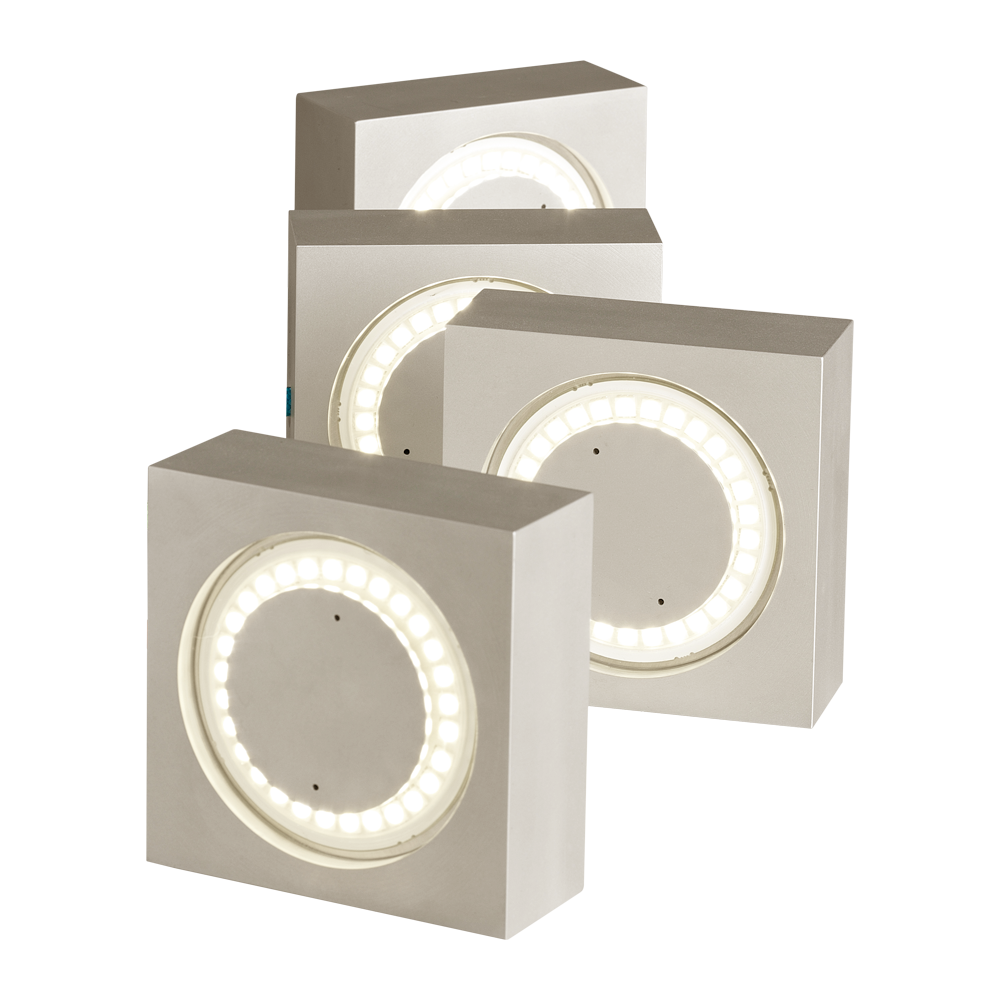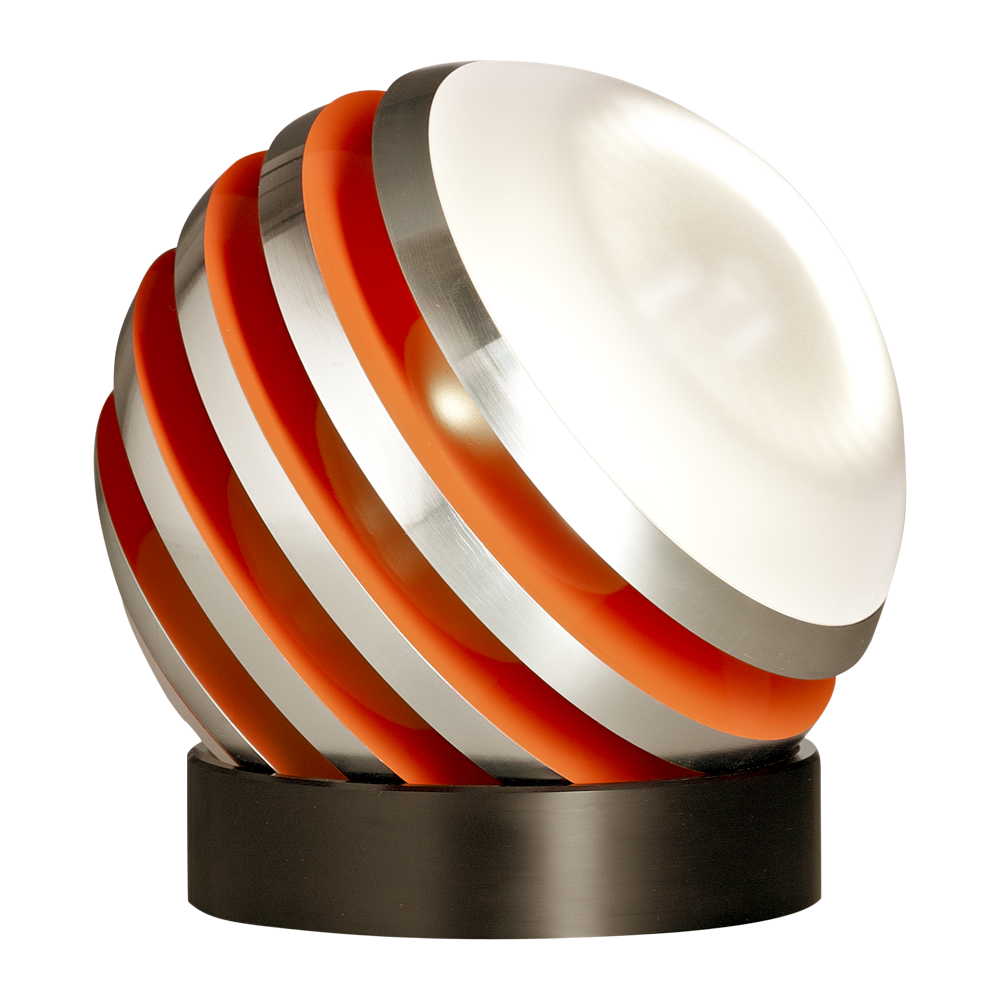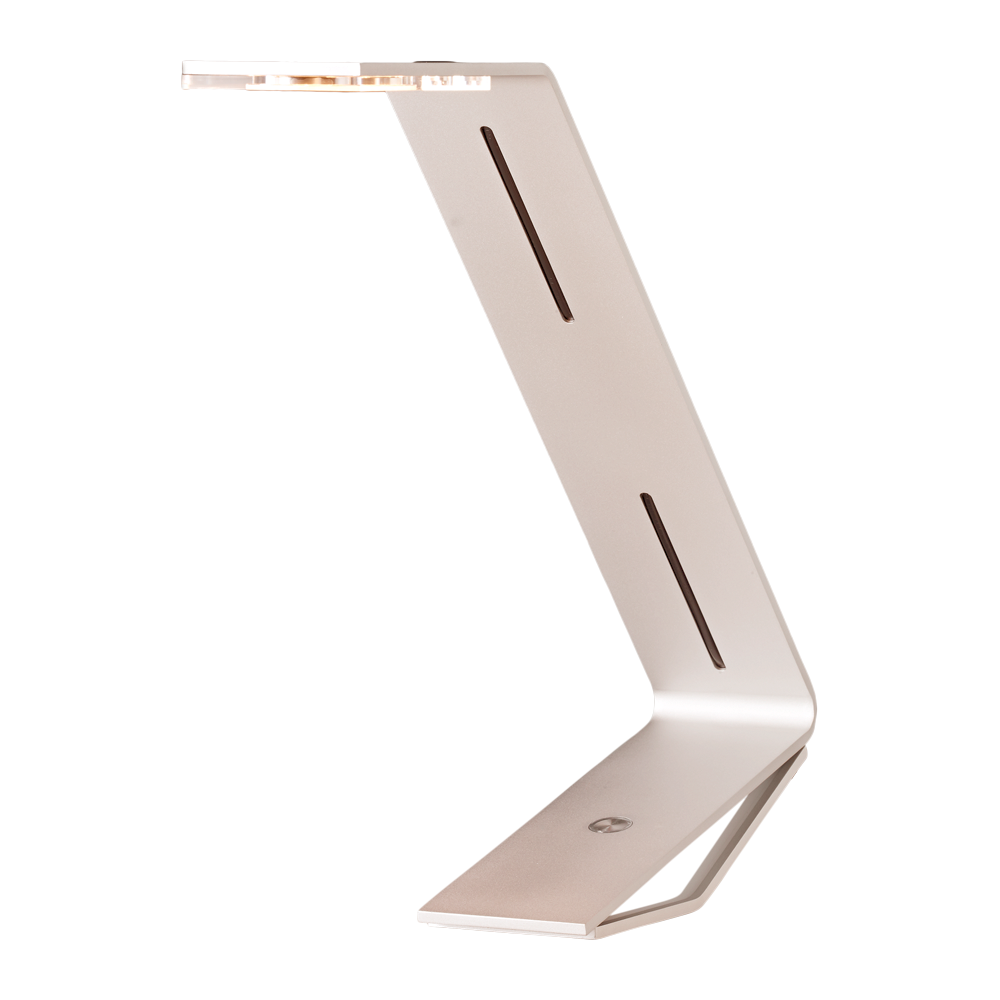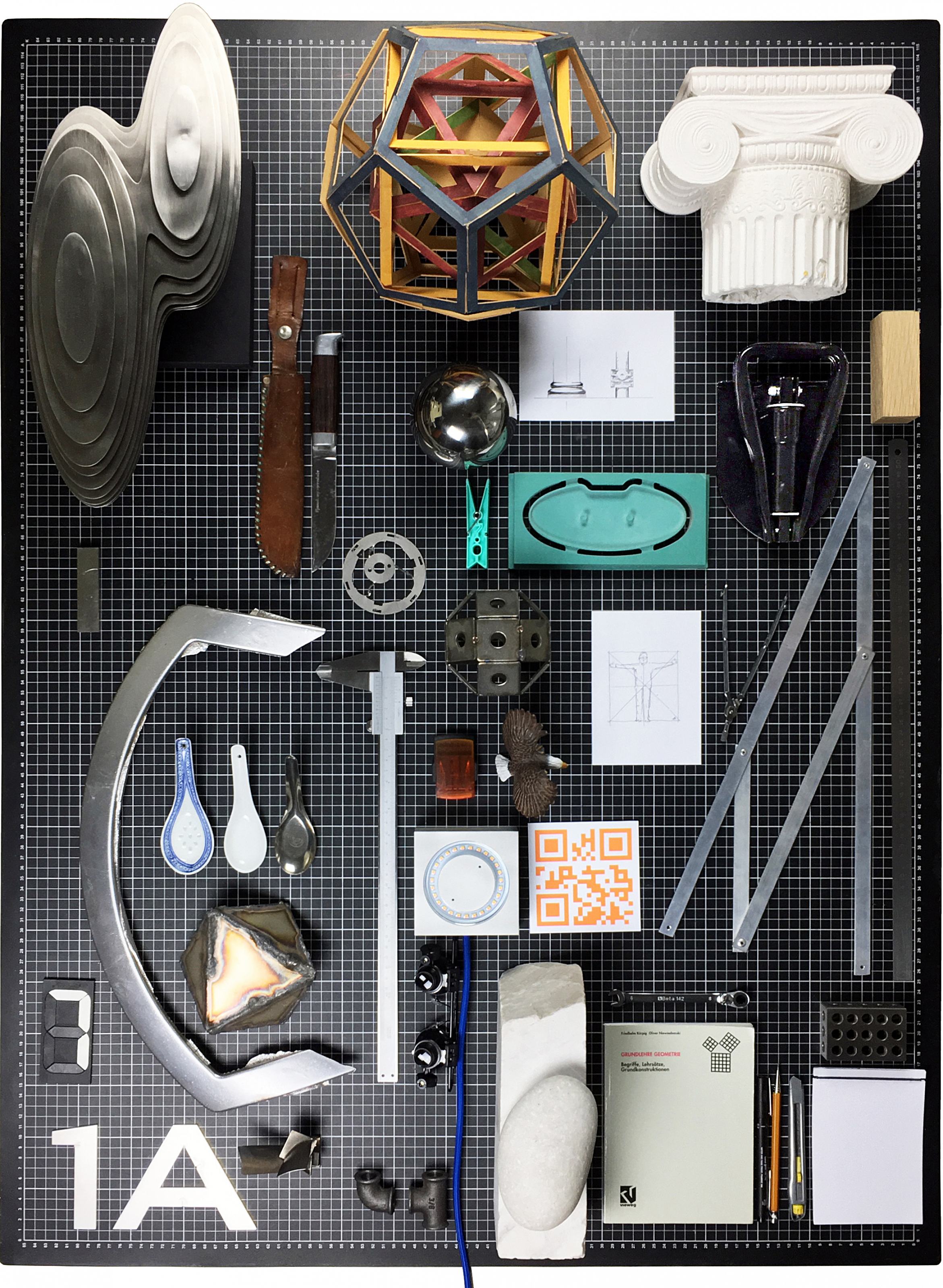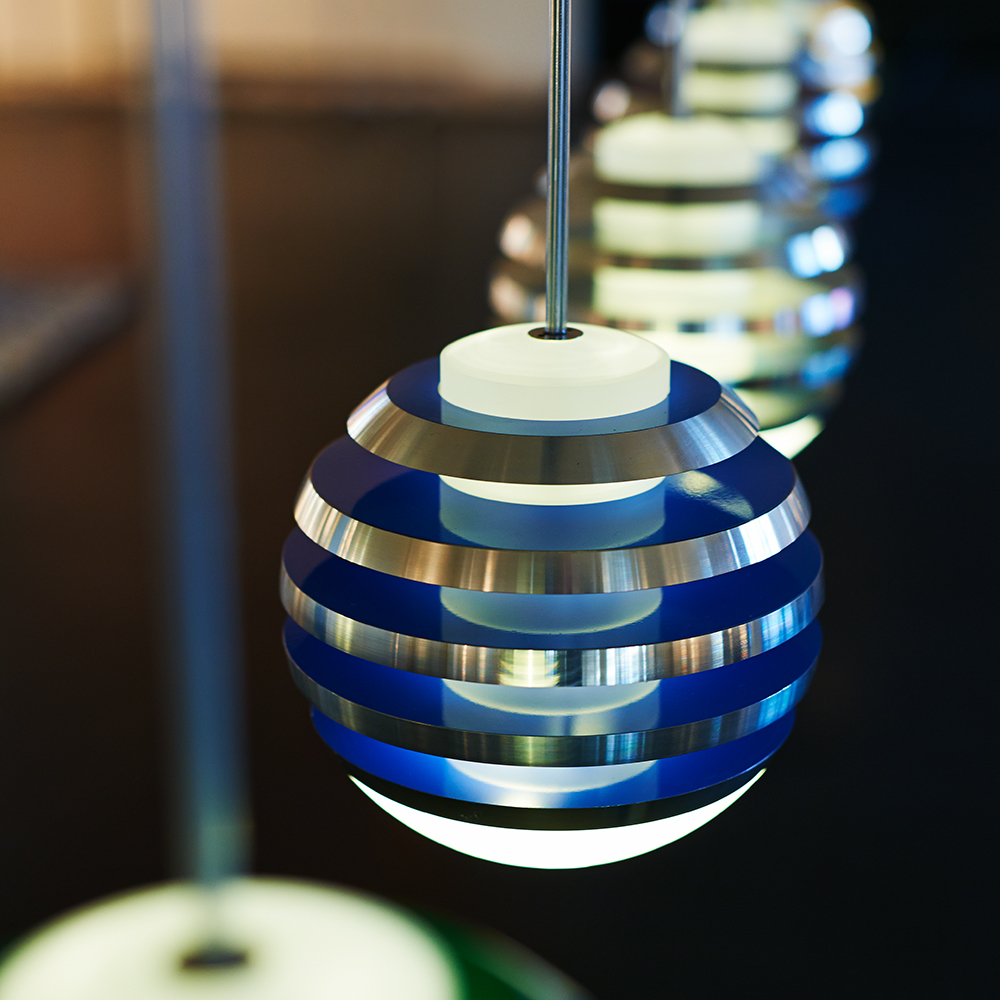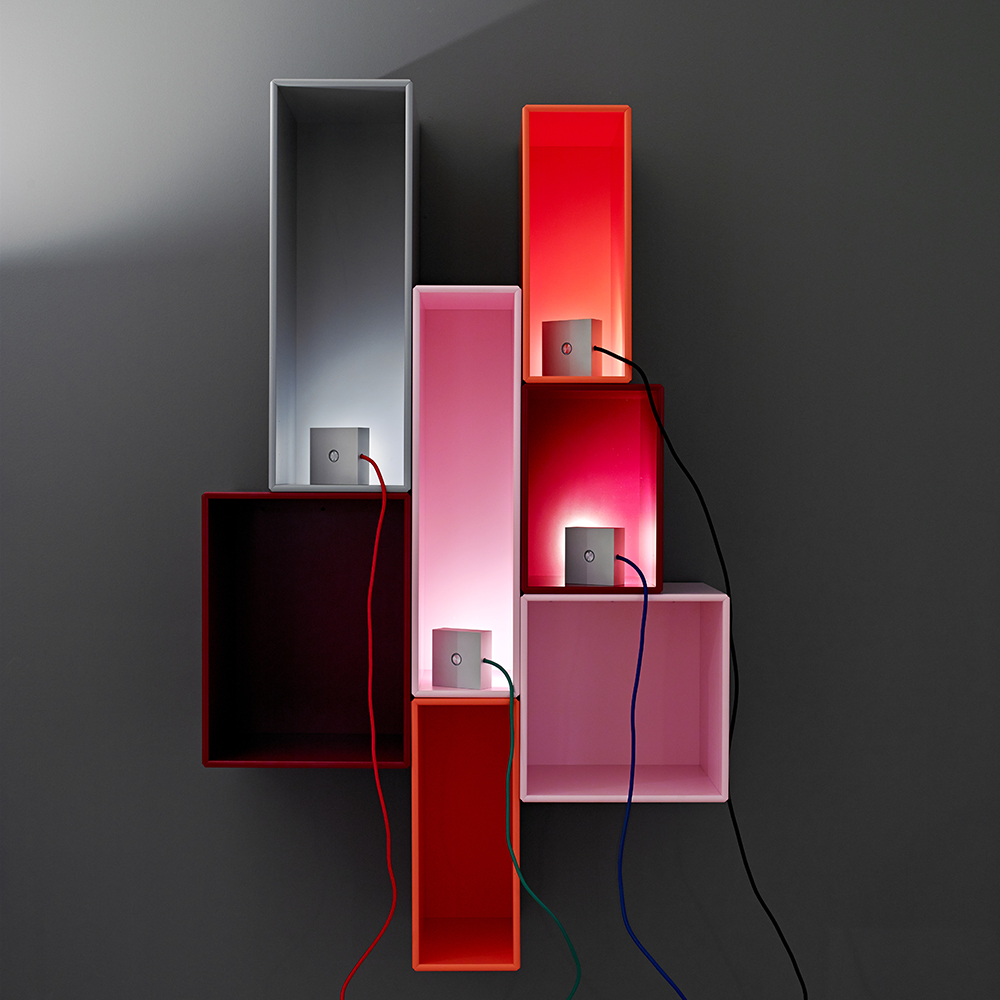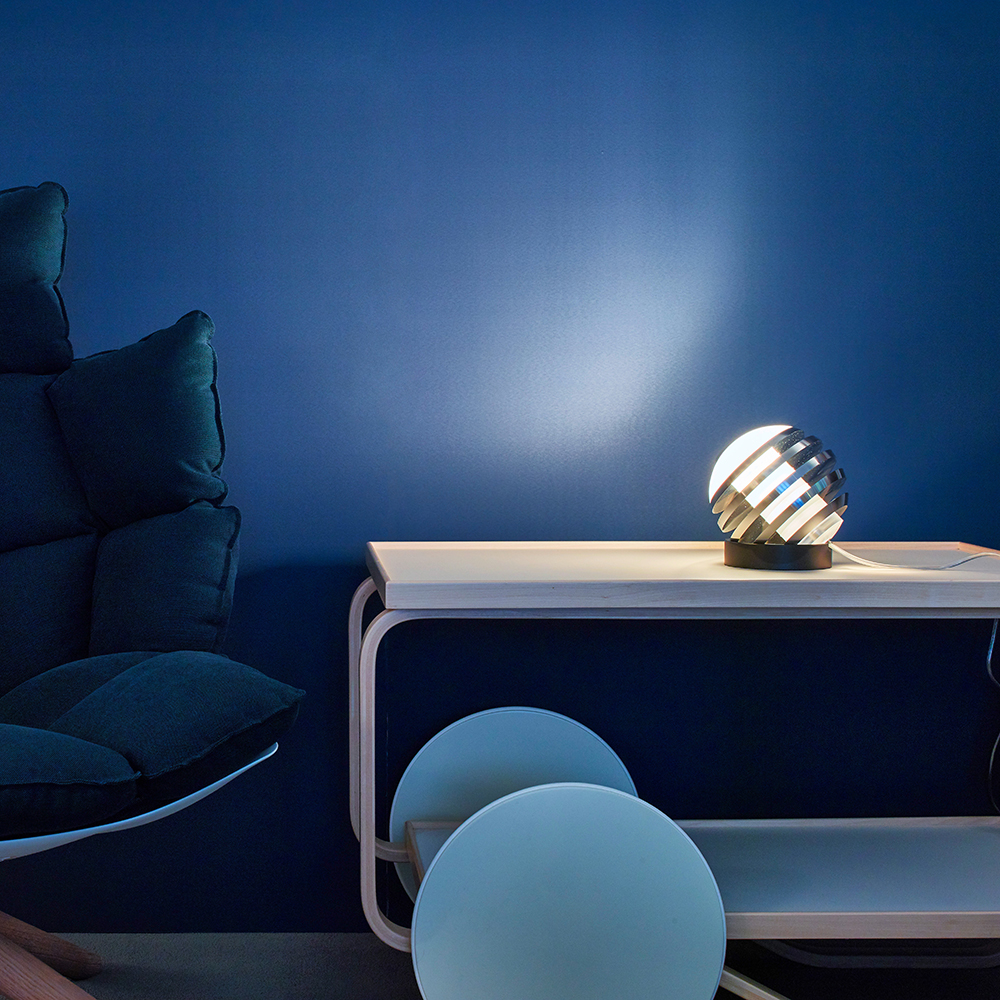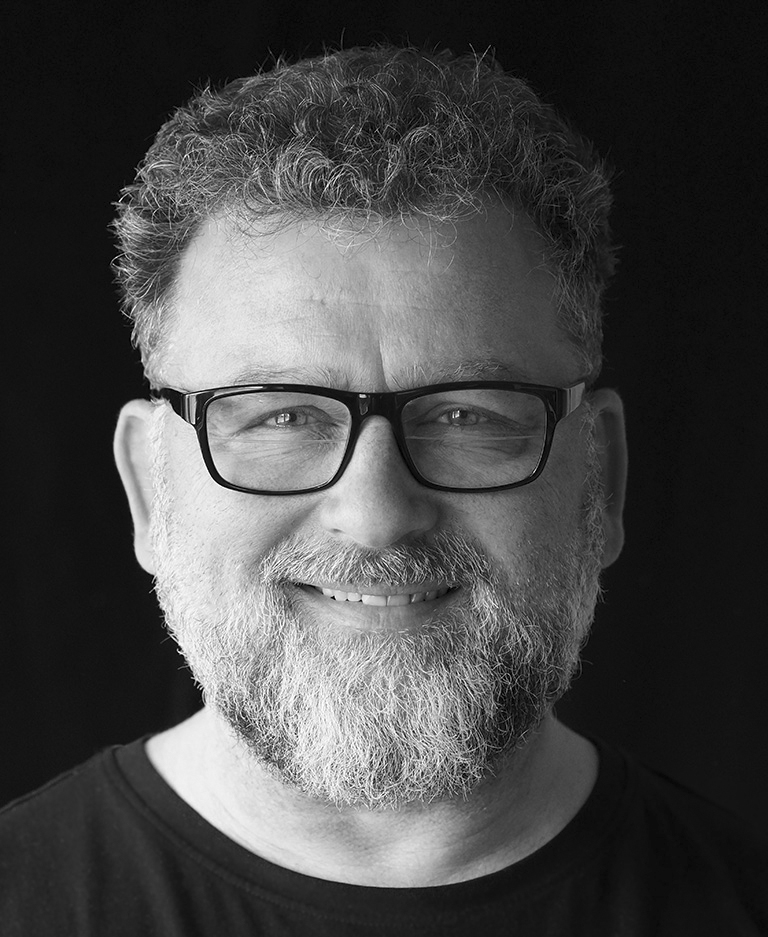
Niewiadomski was born in Hamburg in 1963. Originally, he wanted to make musical instruments. “Violins, actually. But they are already perfect as they are.” When the existing product has already reached such a level of perfection that would only permit any further innovation in tiny steps, thereˇs not much scope left for creativity. And so the designer looked for other possibilities of constantly readdressing the challenge posed by perfection. If you think a sphere is just a sphere, end of story, then youˇll meet with passionate objections. “God lives in the detail!” And heˇs not talking about alienating the familiar by adding decorative ornaments. “Most certainly not!” Niewiadomski laughs, although this is something he takes very seriously. His design focuses on a clear design language, logical functionality and a sensual choice of materials.
